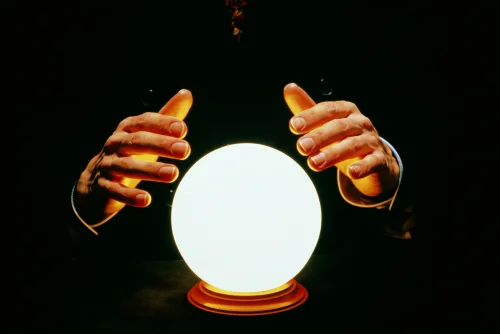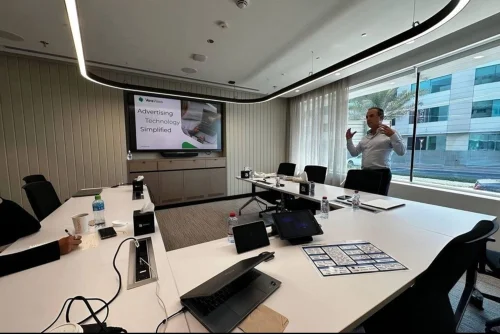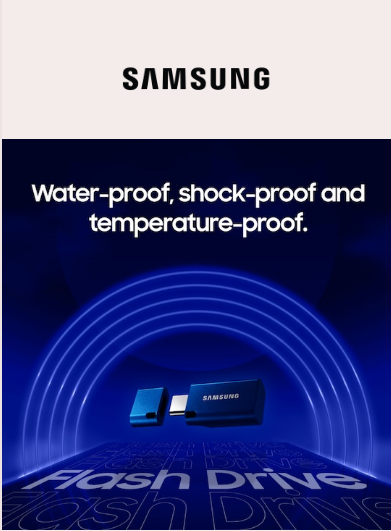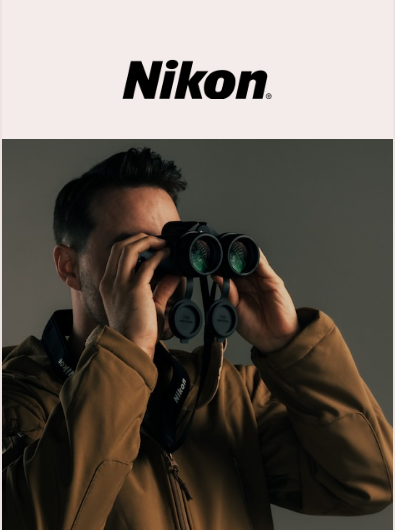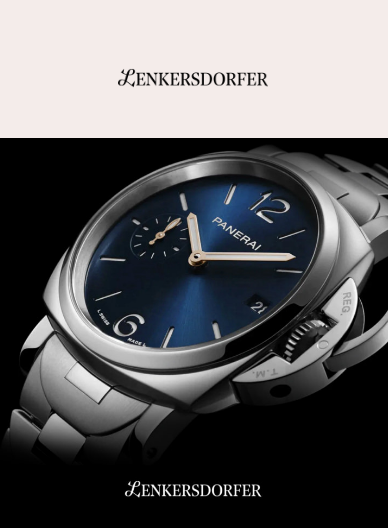At the time, Heyman and Bonomo worked for the ad agency Ogilvy, and were given a brief by a new client. It was TIAA-CREF (now known simply as TIAA), a financial firm that provides investment and insurance products. The firm was seeking new customers and wanted to push this message: "You can count on TIAA-CREF to help ensure a comfortable retirement."
Advertise
"It was generic and bland," Heyman recalls. "In short, we were being asked to churn out the same message that pretty much every financial provider pours into advertising's sea of sameness. For us, that was the equivalent of advertising malpractice."
So Heyman and Bonomo started researching their audience. They realized that many people — if not most people! — found retirement investing to be intimidating, complicated, and scary.
Heyman and Bonomo thought some consumers might accuse them of fearmongering, but they weren't worried about it. "We prefer to believe we leveraged what you can call 'emotional hard sell' — a powerful approach that appeals to the left and right side of the brain. To hearts and minds," Heyman says.
Thirty years later, their predictions weren't entirely true. The average cost of a new car is $48,000, for example — not $65,000. But the prices in the ad are all certainly realistic. Everyone today has probably purchased a $16 burger, or at least seen one on a menu.
To Heyman and Bonomo, who are both freelance creative directors today, the TIAA-CREF ad's staying power has been validating. If they played it safe back in 1996, they'd have created something instantly forgettable. But instead, Heyman says, "thirty years later, the ad is not only still holding up, it's become viral. How many pieces of advertising can say that?"
Digital Advertising
Since Elon Musk's purchase of Twitter, it's become widely known that a significant portion of online users aren't human but bots — according to Musk, up to 20%. However, what many entrepreneurs and marketers might not realize is that this also applies to ad views. If you've ever run an ad that underperformed, it might not have been your creative fault but rather the fact that up to 25% of online ad views come from bots.
Online bots pose a major risk in this day and age. Also known as spam traffic, they are capable of causing major economic damage, and fraudulent ad traffic is undoubtedly one of the biggest sources of this. Eliminating bot views from approved ad traffic has major implications on the profitability of advertising campaigns, but that's easier said than done.
To achieve this, VeraViews employs a patented "proof of view" (or PoV) technology that uses four steps to verify ad impressions and increase transparency and accountability. In the first step, VeraViews checks if an ad viewer is part of a non-human blacklist due to a previous identification.
If this is not the case, PoV starts collecting statistical data on the user's behavior and may challenge the viewer's device in various ways. Based on these results, VeraViews's proprietary AI determines whether the viewer is human or machine. In the final step, PoV stores all the acquired data on an immutable, distributed ledger which provides transparency to advertisers and publishers and also functions as a critical source for the first step in future verification.
Advertising on YouTube
Although Google owns YouTube, there are some differences between Google ads and YouTube ads, starting with the ad formats creators can choose from.
Skippable in-stream adverts are perhaps the most widely known type of video advert on YouTube. These adverts normally play before the video the user has chosen. They can be skipped after five seconds.
Advertisers only pay if the user continues watching for at least 30 seconds or interacts with the content — for example, by clicking on a call to action.
Non-skippable in-stream adverts are similar to their skippable equivalent in their placement. However, YouTube users have to wait for the advert to finish before their selected video starts.
In-feed video adverts appear at the top of video search pages, like pay-per-click adverts on Google itself. These ads are based on a cost-per-view pricing model, meaning you only pay if viewers interact with the video or watch more than 30 seconds of it.
Bumper video adverts are a short version of non-skippable YouTube ads. They cannot be longer than six seconds, and they play before the chosen video.
Overlay adverts hover at the bottom of the video that is currently playing. They work well as supplemental adverts to other forms of in-stream advertising.
As with Google ads, advertisers can place bids and therefore control their budget closely, making YouTube ads one of the most cost-effective ways to connect with highly targeted audiences.





